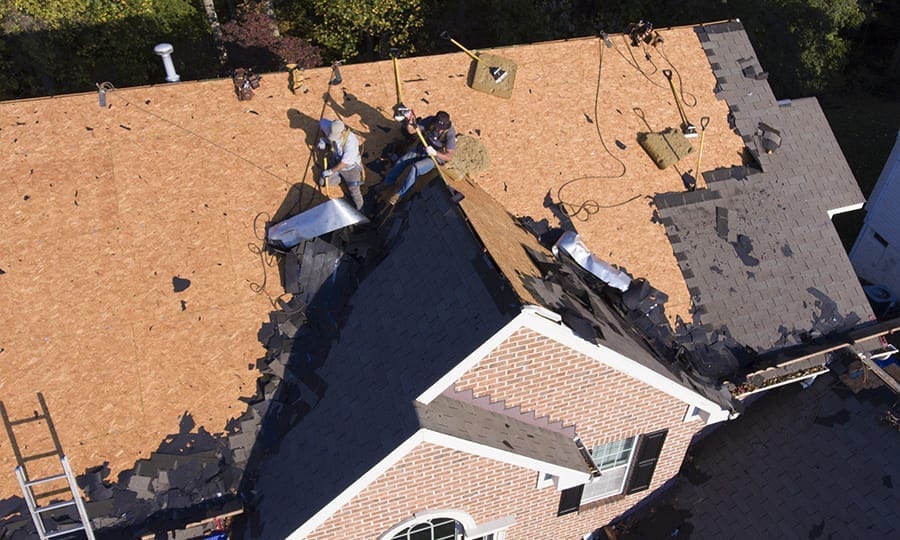As the winter chill makes way for the warmth of spring, homeowners turn their attention to the aftermath of winter storms, especially on one of the most vital elements of their homes—the roof. The following explores the crucial steps involved in preparing your roof for the upcoming season, delving into the signs of damage inflicted by winter weather and questioning whether a roof replacement might be the necessary course of action. From inspecting for potential issues to understanding the indicators that warrant a replacement, this article guides homeowners through the considerations and decisions associated with ensuring a secure and resilient roof after facing the challenges of winter.
Before deciding on a roof replacement, homeowners should consider several key factors to make an informed decision. Here are important aspects to look for:
Visible Signs of Damage:
- Inspect the roof for visible signs of damage, such as missing, cracked, or curling shingles, as well as water stains on the ceiling.
Age of the Roof:
- Consider the age of the existing roof. Most roofing materials have a lifespan, and if your roof is reaching the end of its expected life, replacement might be more prudent than extensive repairs.
Leaks and Water Damage:
- Check for leaks or water damage in the attic. Stains, mold, or damp insulation can be indicators of water penetration and potential structural issues.
Energy Efficiency:
- Assess the energy efficiency of the current roofing material. Upgrading to more energy-efficient options can lead to long-term savings on heating and cooling costs.
Extent of Repairs:
- Evaluate the extent of repairs needed. If the required repairs are widespread and the overall condition of the roof is compromised, replacement might be a more cost-effective solution.
Multiple Repairs Over Time:
- If you’ve had to perform multiple repairs on your roof in a short period, it might be an indication that the roof is reaching the end of its useful life.
Material Options:
- Explore different roofing materials and their pros and cons. Consider factors such as durability, aesthetics, and maintenance requirements.
Weather Resistance:
- Choose roofing materials that offer good resistance to local weather conditions, especially if your area is prone to severe storms, hail, or high winds.
Building Codes and Regulations:
- Be aware of local building codes and regulations. Ensure that your choice of roofing material and the installation process comply with these standards.
Professional Inspection:
- Hire a professional roofing contractor to conduct a thorough inspection. They can provide an expert opinion on the condition of your roof and recommend the most suitable course of action.
Budget and Financing:
- Consider your budget for roof replacement. Explore financing options if needed and choose a solution that aligns with your financial capacity.
Warranty and Guarantees:
- Check the warranties and guarantees offered by the roofing material and the roofing contractor. A solid warranty can provide peace of mind regarding the longevity and performance of the new roof.
By carefully evaluating these factors, homeowners can make an informed decision on whether roof replacement is necessary and choose the most suitable roofing solution for their needs. Consulting with a professional roofing contractor is often advisable for a comprehensive assessment. If you have evaluated your roofing situation and have come to terms that it is time for a roof replacement, contact Classic Roofing and have a professional contractor come out to give you a free quote.
Have questions? Call Classic Roofing & Gutters at 770-424-2010
or email us at [email protected]
Roof Replacement
Classic Roofing & Gutters is proudly powered by WordPress

